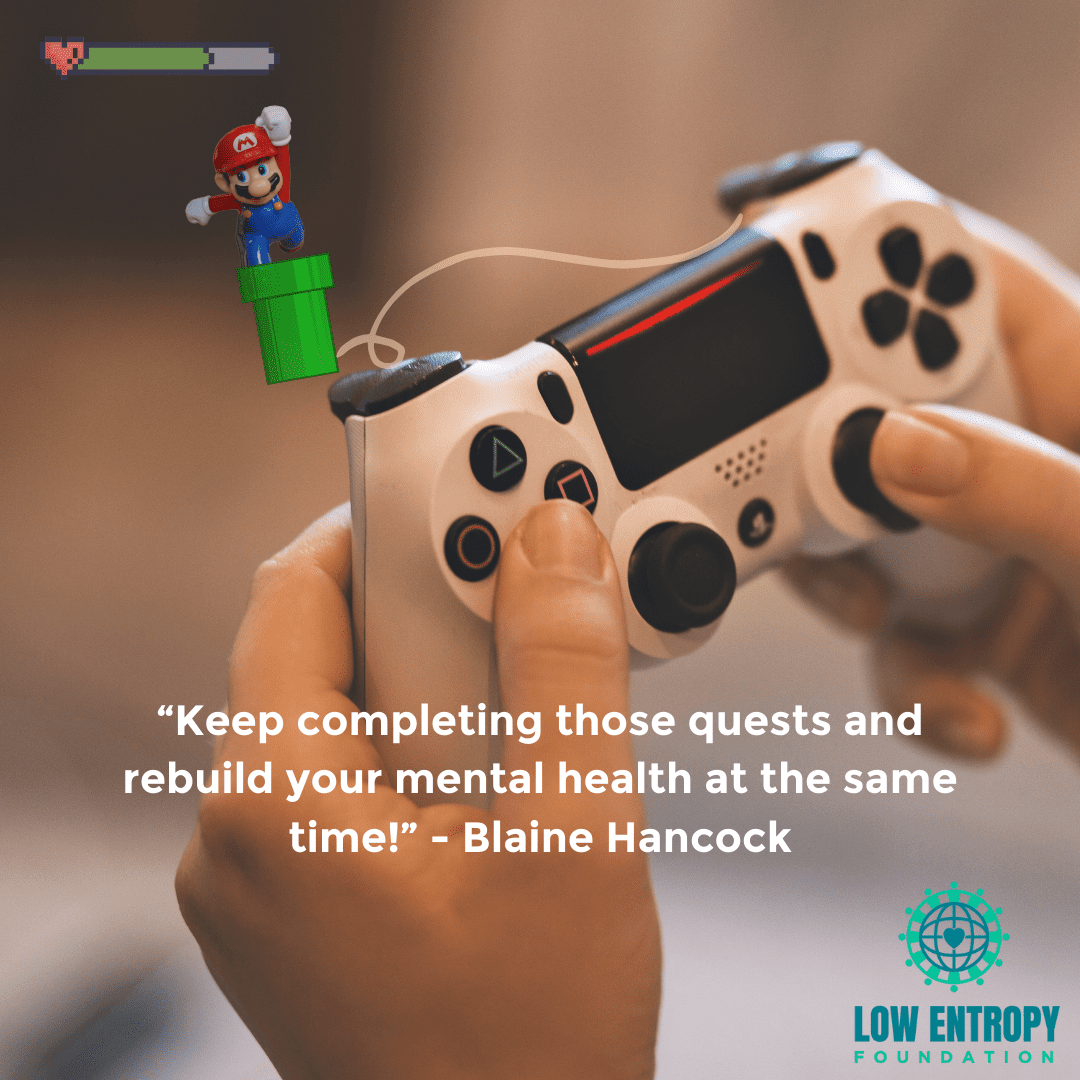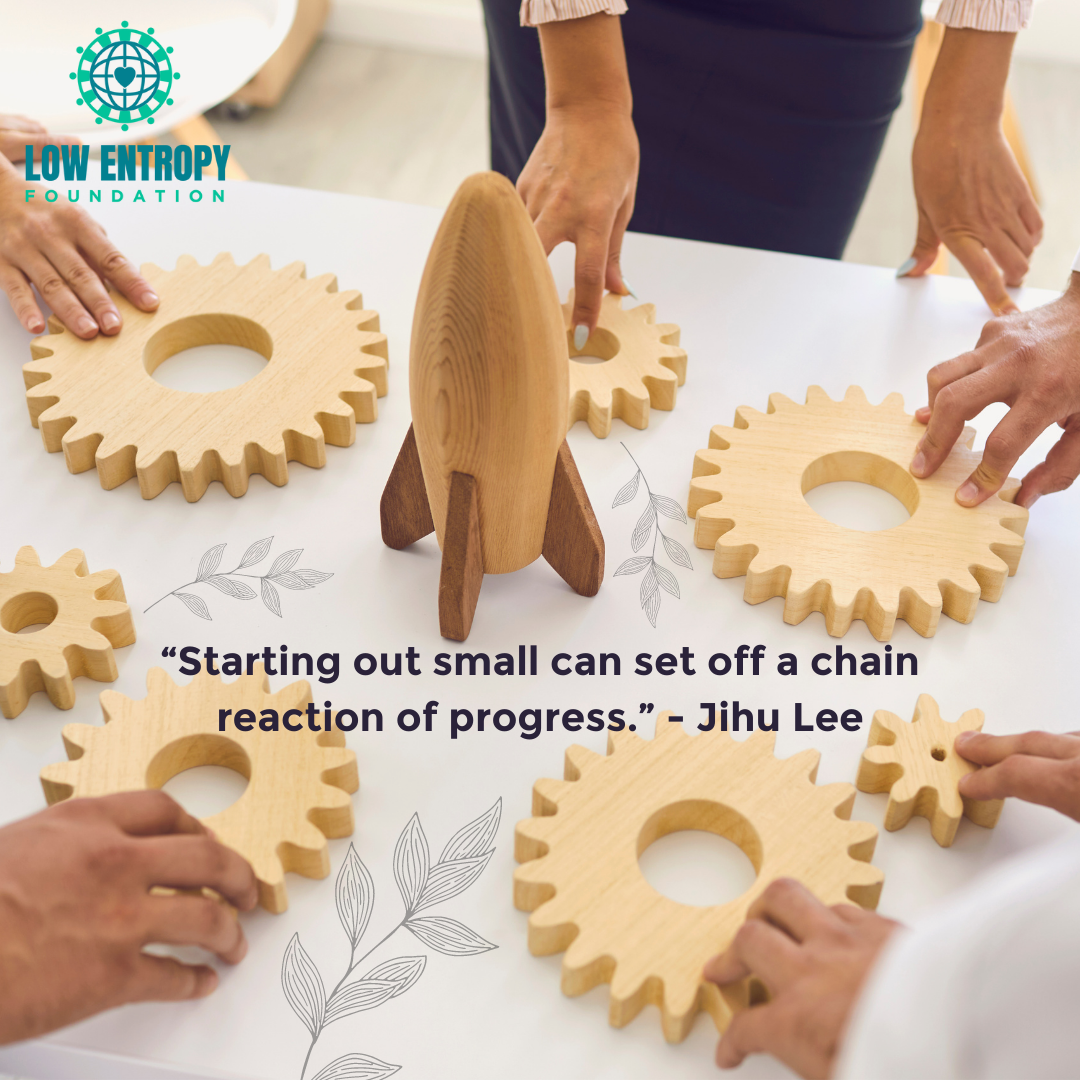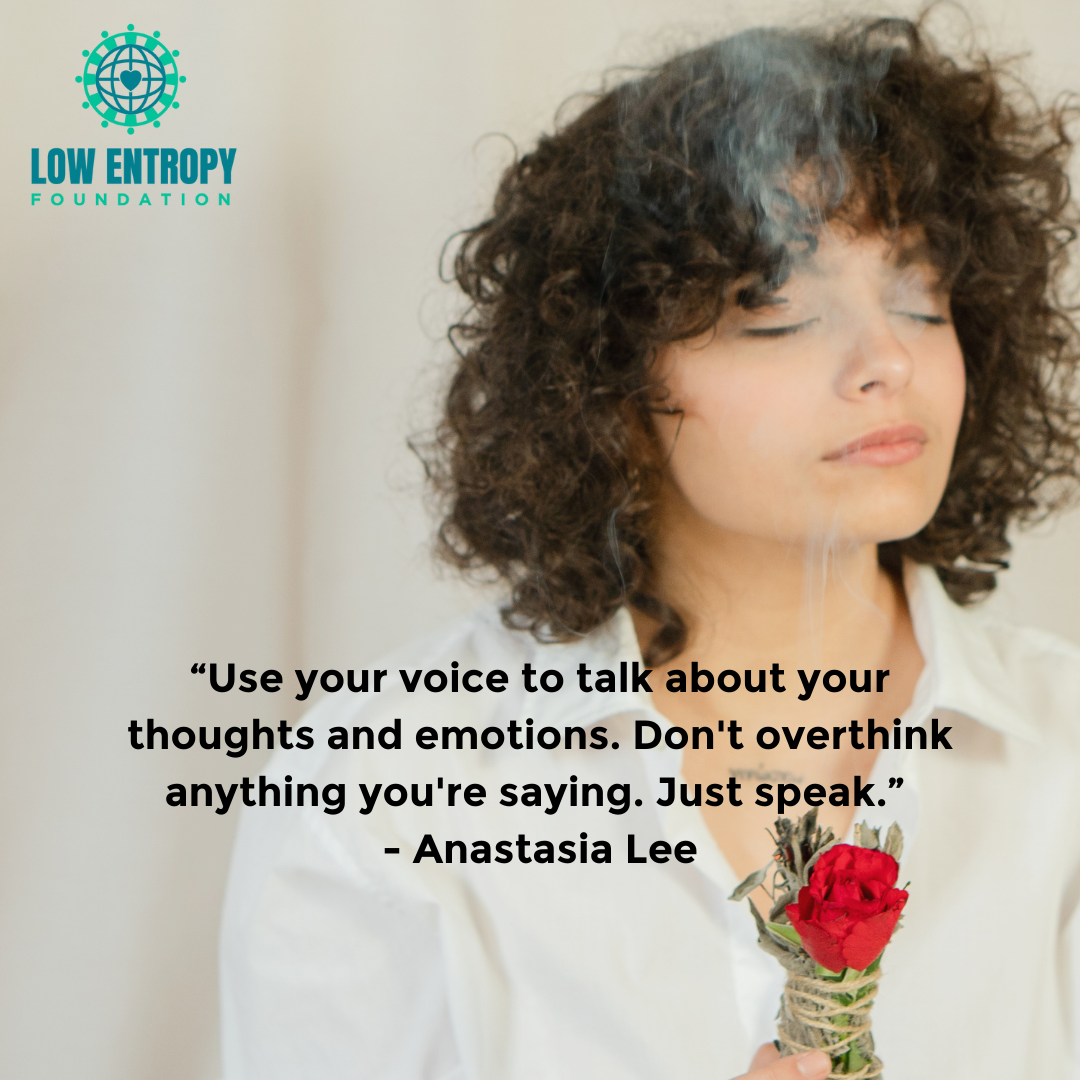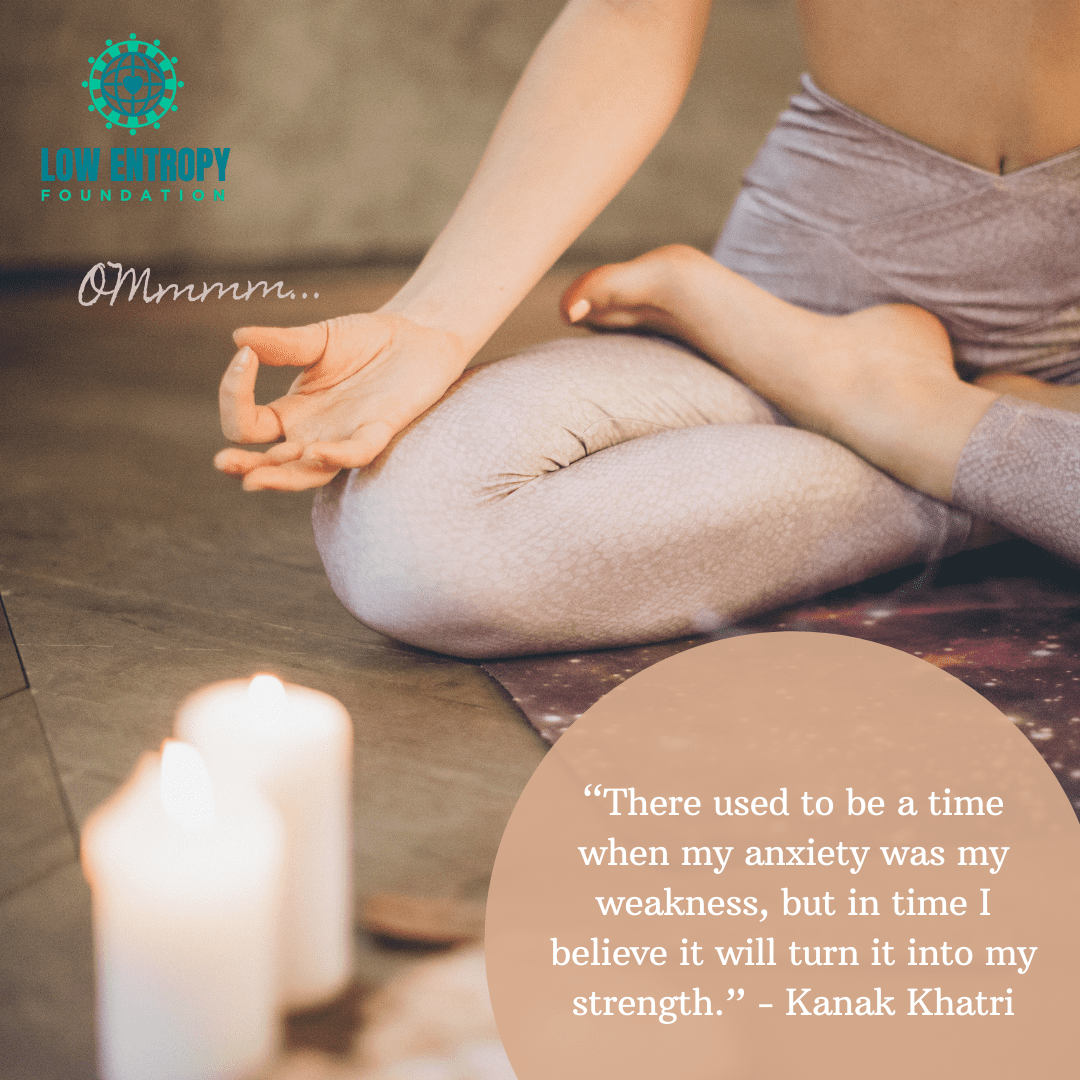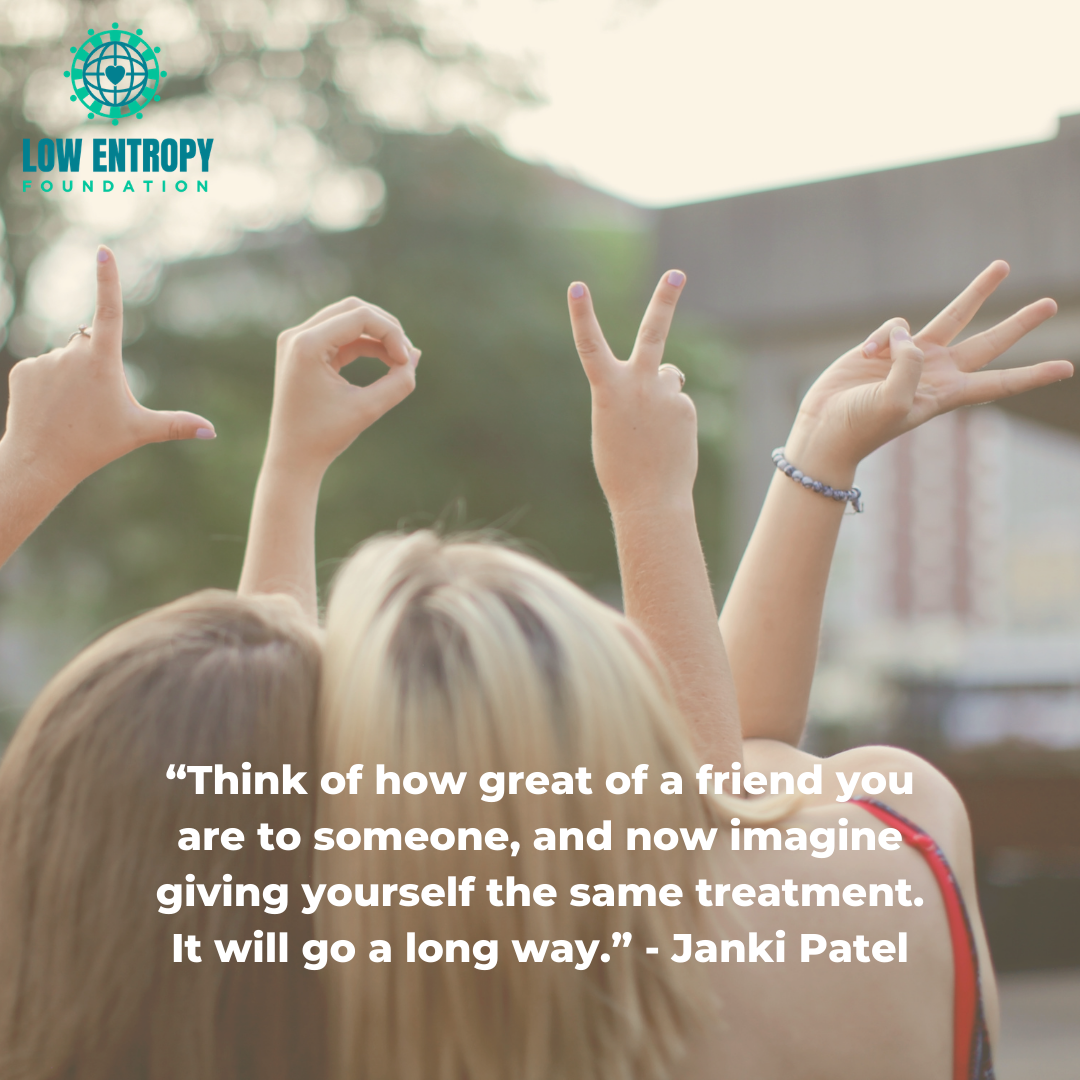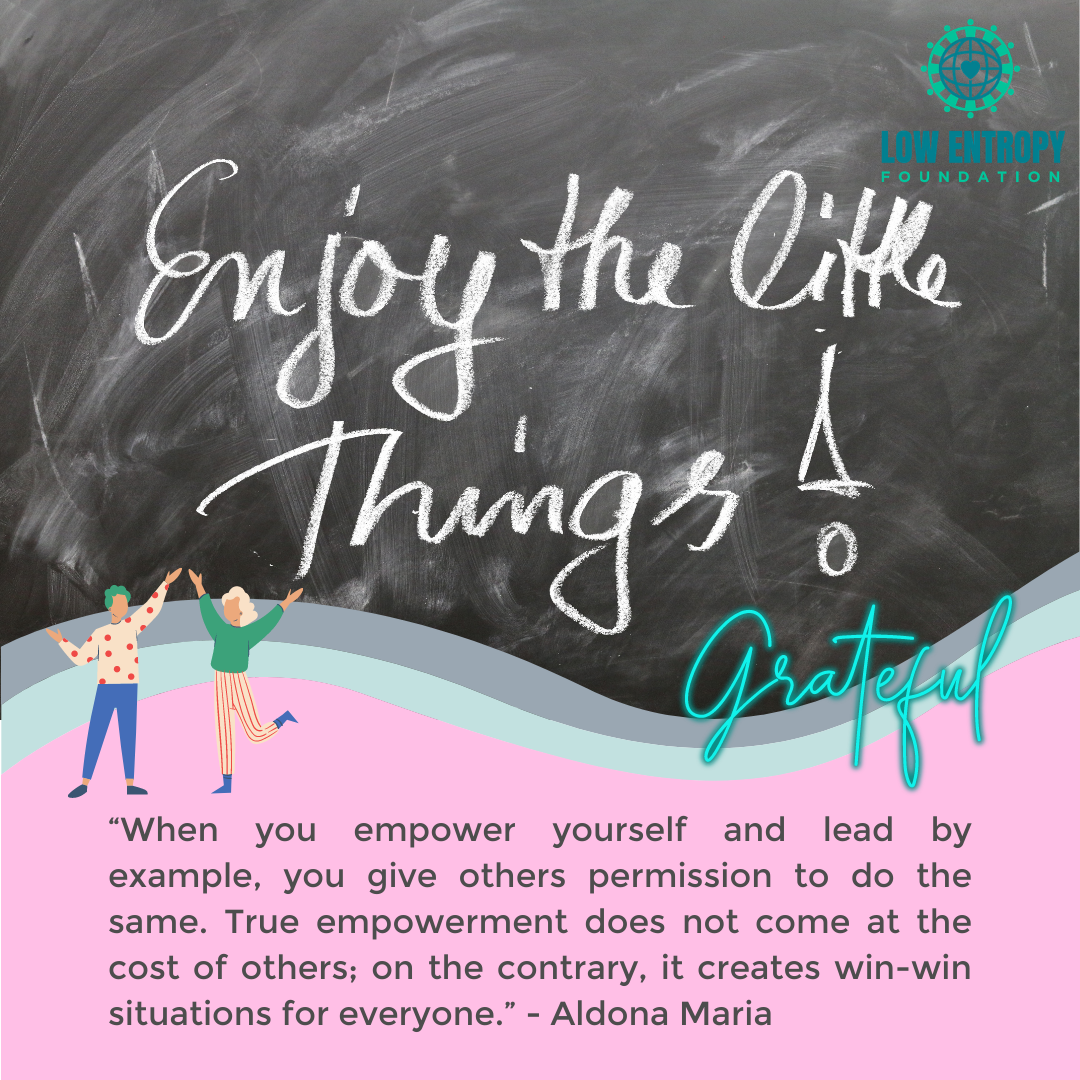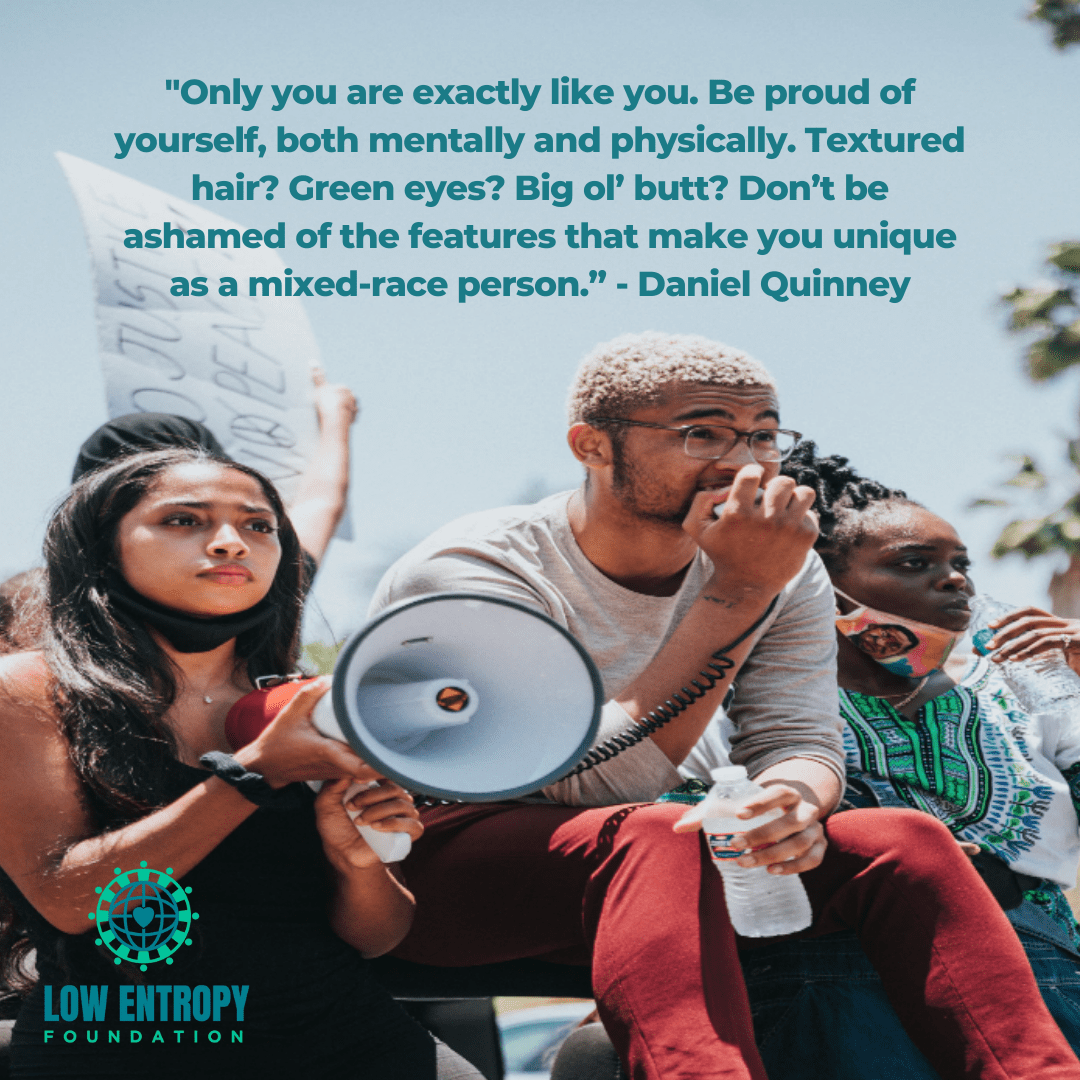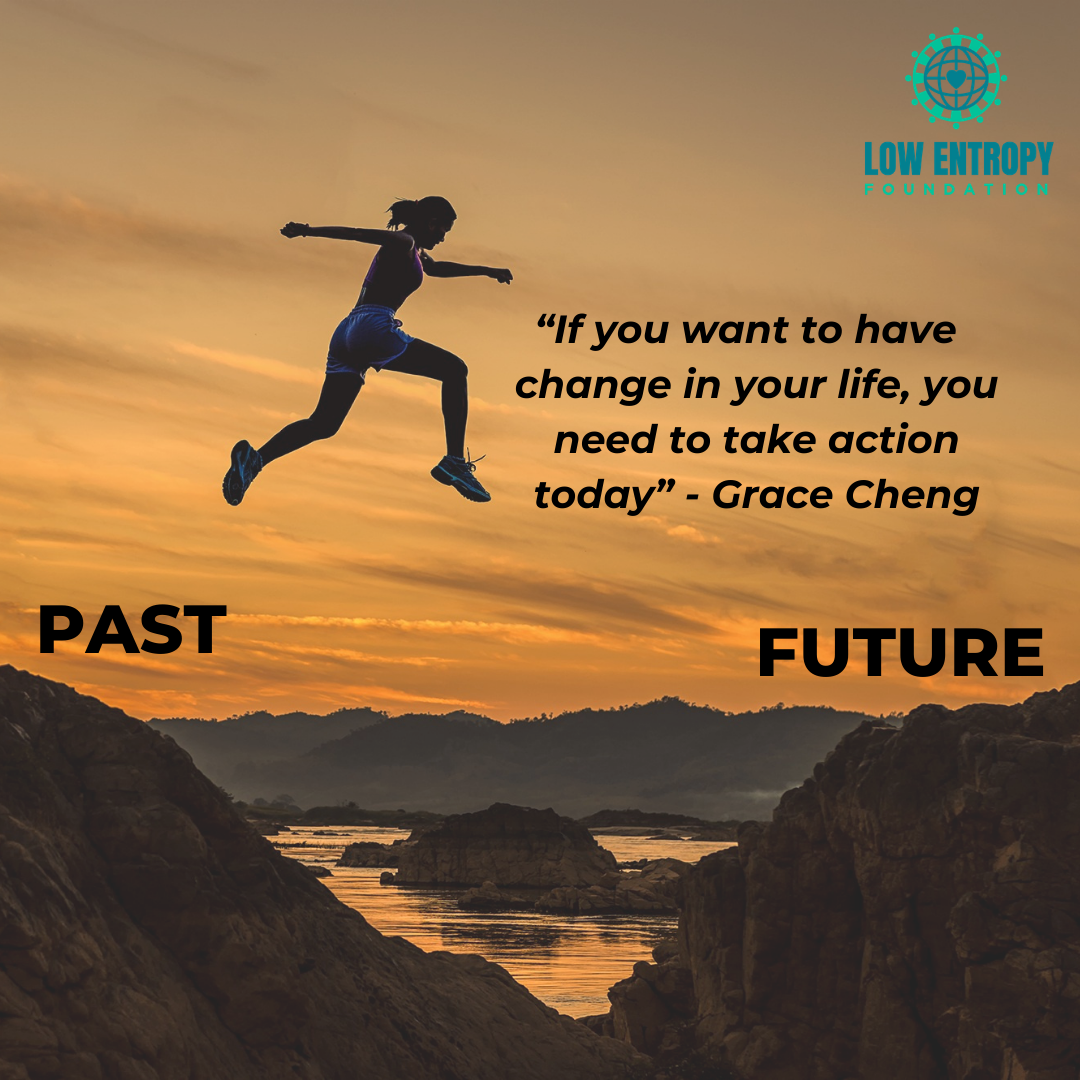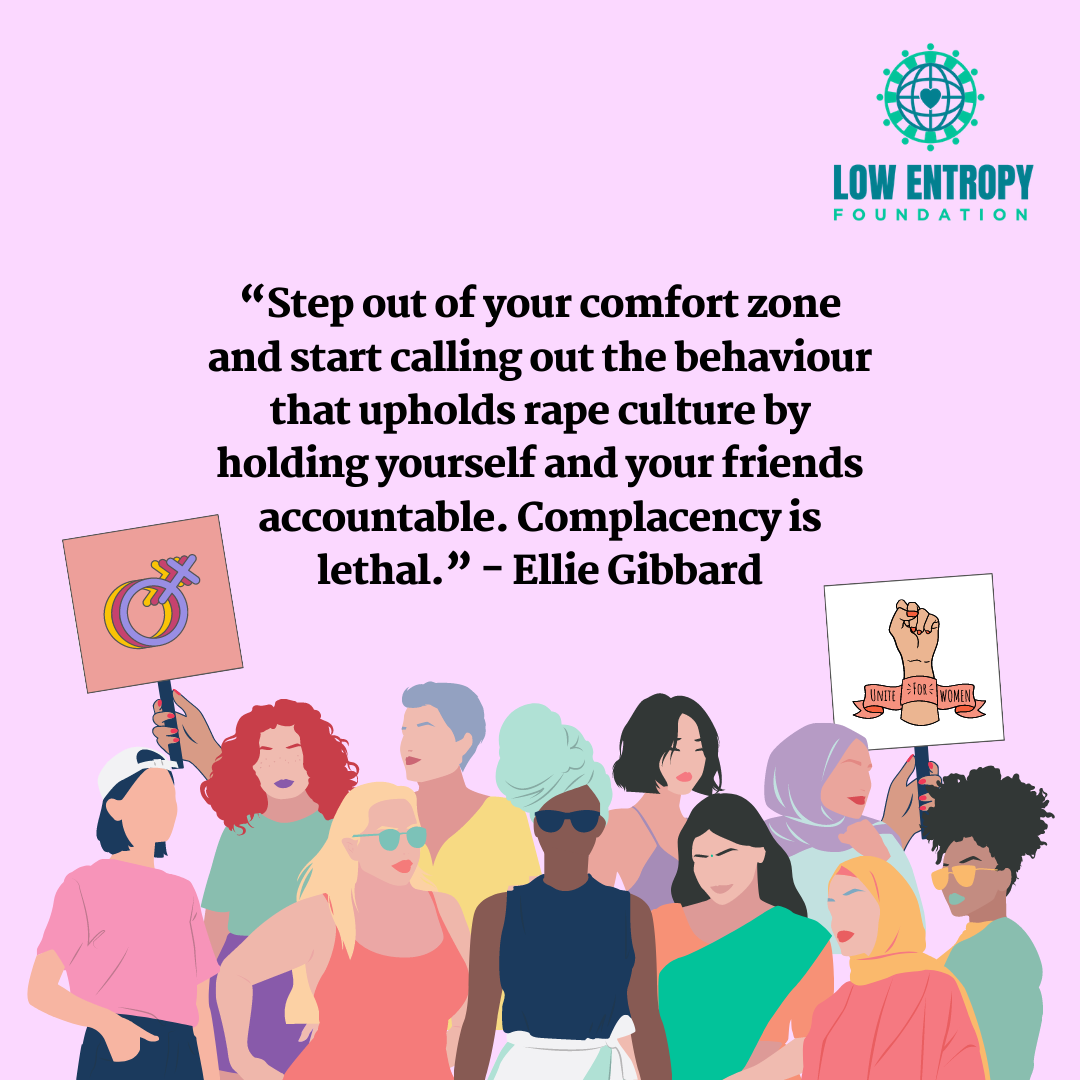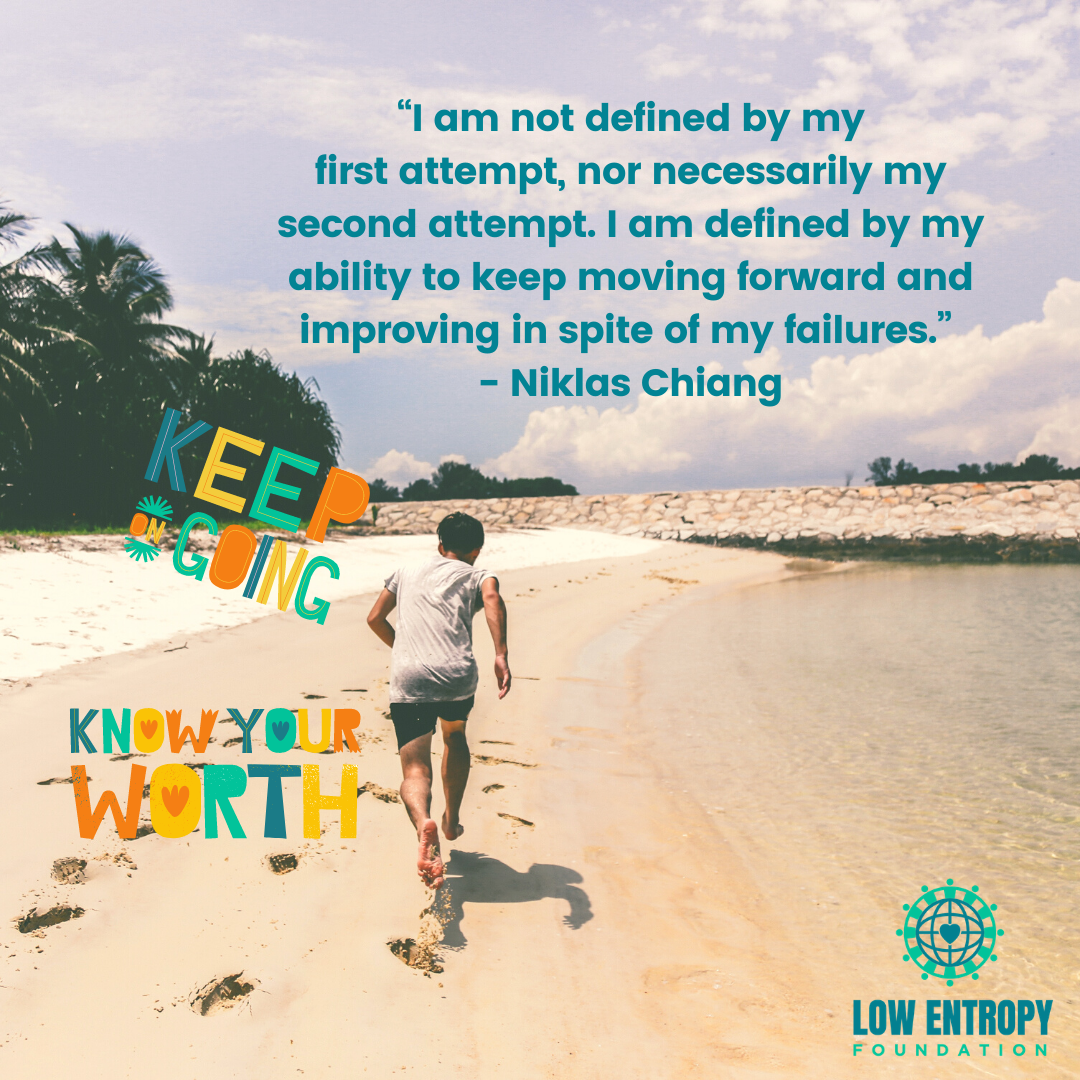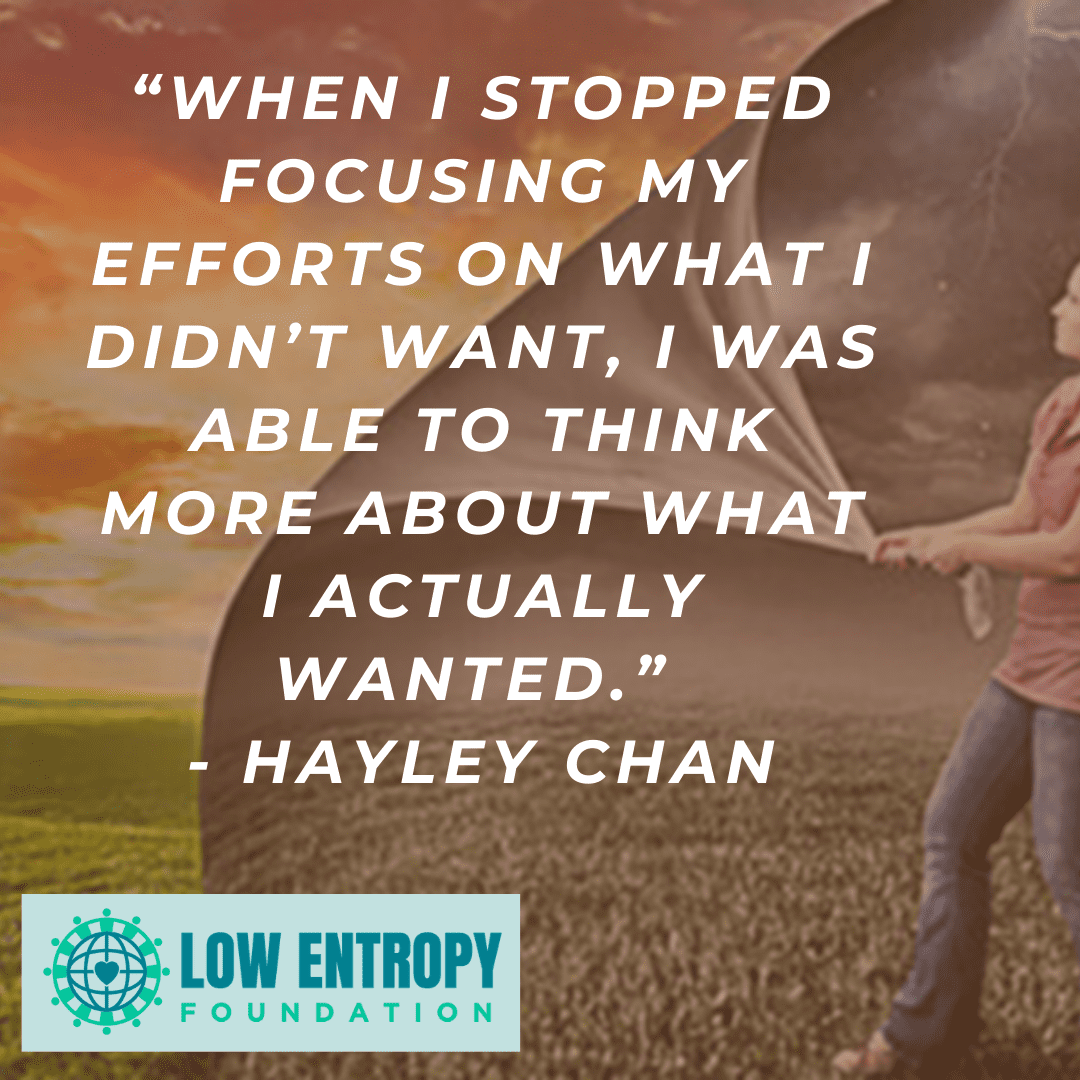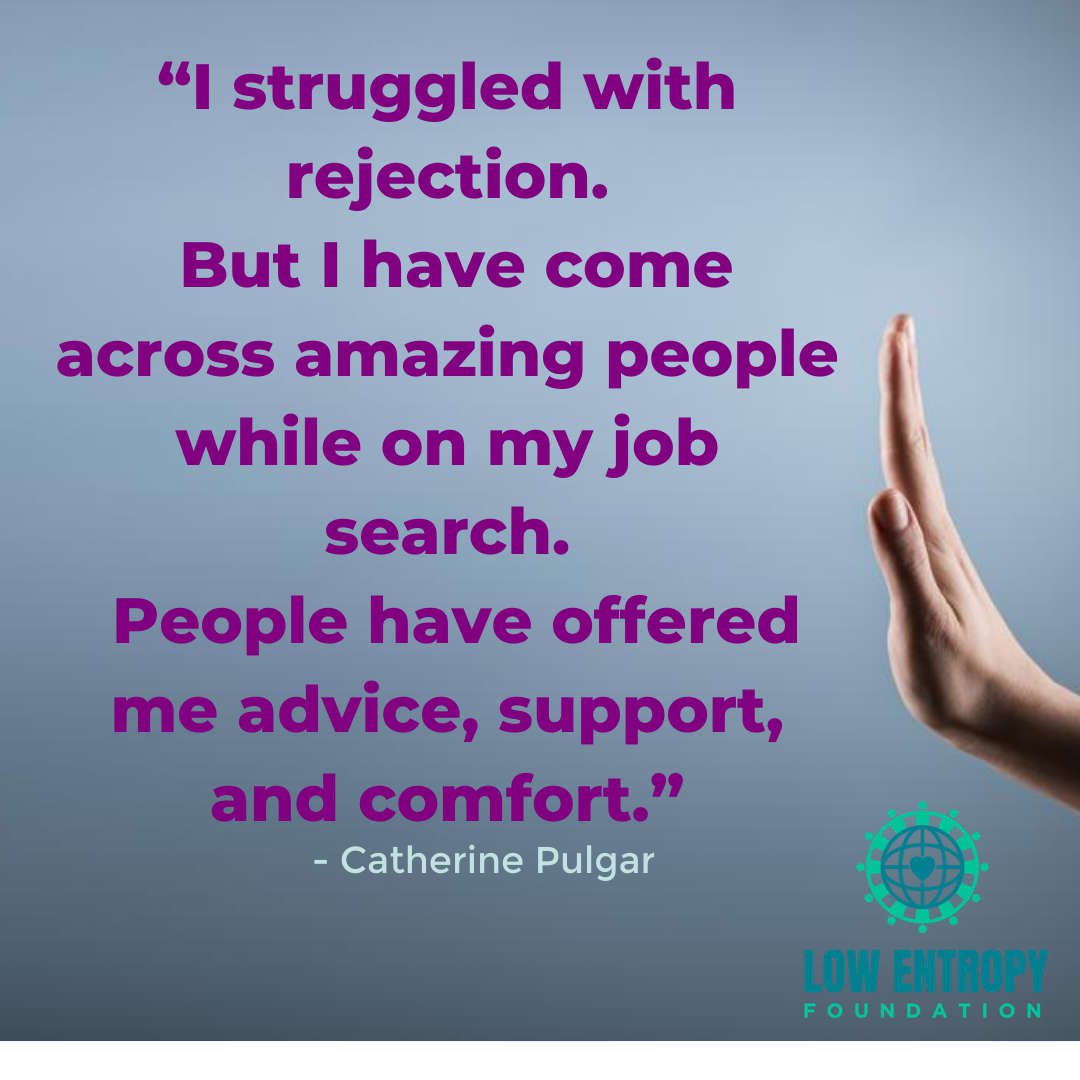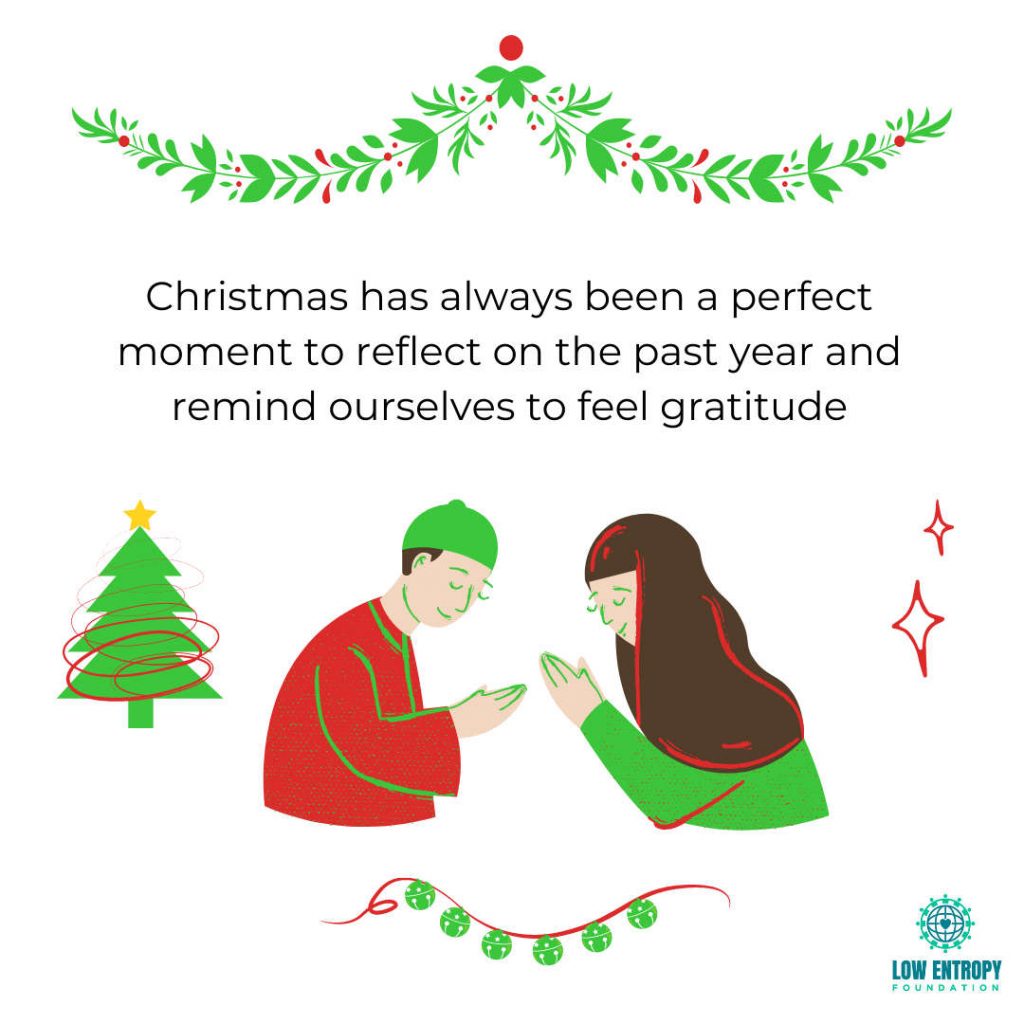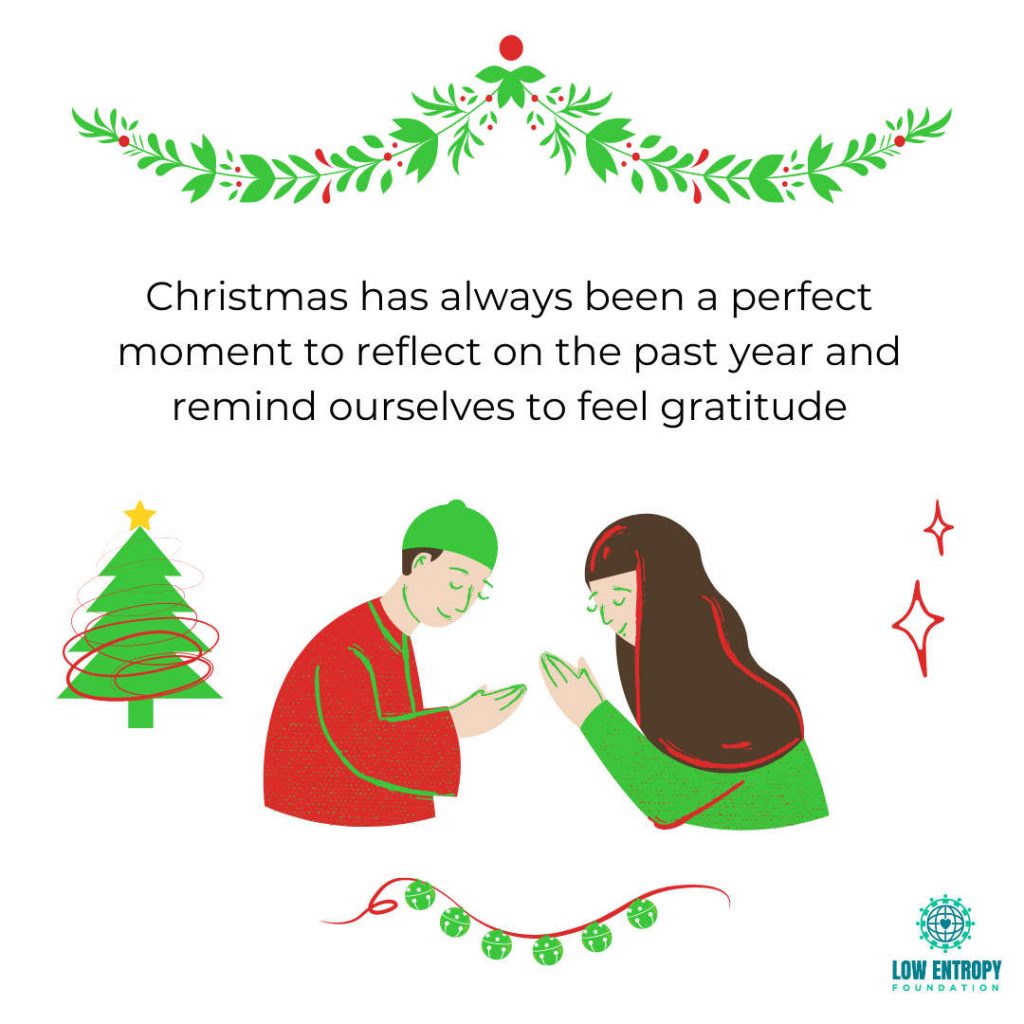Blaine Hancock (he/him/his), Low Entropy Volunteer Writer
Let’s face it – life can be pretty hard sometimes. It can be incredibly draining on your mental health to have to juggle a job, family, friends, school, errands, etc. The question is, what can we do to help lower our stress and keep our mental health in check?
I’m sure you know of several different strategies such as exercising, listening to your favorite songs and eating healthy foods. However, have you ever considered that playing video games may be an excellent way to lower your stress and help your mental health? Now, I’m not saying you shouldn’t do the other strategies I listed (because you definitely should), but it may be wise to consider gaming as a strategy too! Here are just a handful of the positive effects video games can have on your mental health.
Note: This article only applies to a low-to-moderate amount of gaming. Playing video games too often may not be great for your mental health. Just like everything else in life, moderation is key!
Lower Anxiety (Brief Escape)
First and foremost, playing video games can help you escape your daily grind and lower your anxiety. Video games provide a source of fun that can often be lacking in life. They transport you to a world where you, and maybe a few friends, are able to run, jump, explore, discover and have amazing times! This brief escape into a realm of fun can help calm your mental health and may provide you with more perspective on your current life stressors.
Sense of Accomplishment
After beating a tough video game level you’ve tried to complete a dozen times, you feel a sense of accomplishment that is absolutely unrivalled. This feeling can do wonders for your positivity and confidence levels, which in turn can completely revamp your mental health. This sense of accomplishment can also come from simply completing minor tasks that help to progress you in a game. Keep completing those quests and rebuild your mental health at the same time!
Increase Creativity
One interesting positive effect of video games is their ability to spark creativity. Video games often contain incredibly creative art/visuals, music and writing. Hearing and seeing these interesting works can inspire you to add some creativity to your own life! This creativity could be as big as wanting to create your own video game, or as small as simply wanting to add a bit more color to your wardrobe. Either way, feeling more creative and passionate about something is an awesome way to combat mental health struggles.
Strengthen Social Connections
Creating new social connections or building on established ones always has a positive impact on your mental health. One way of helping to create new social connections or build on old ones is to throw some video games into the mix. Adding video games into a social setting creates a common element for everyone to talk about and have fun bonding over. Also, video games are often a casual enough activity that you all can discuss your lives/stressors while still gaming together and enjoying one another’s company. Social connections can be strengthened and your happiness will skyrocket!
At this point, you may be thinking to yourself, “What are a few video games I could play to experience some of these positive effects?” My three suggestions are Animal Crossing: New Horizons, Stardew Valley and Super Mario Party. You will have an absolute blast with these three games, and your stress levels will surely lower. Best of luck in your mental health/video game journey!
—
Leave your thoughts for Blaine in the comments below – better yet, start up a dialogue with the Low Entropy community in person, at a Conscious Connections meeting or online at our community site. You can also follow us on Facebook, Instagram, TikTok, Twitter and YouTube to stay up-to-date with Low Entropy news!







